The Crane Wife
by Patrick Ness
Affability has long been George Duncan's undoing. At 48, the hero of Patrick Ness's quiet miracle of a novel has learned to lower his expectations. Yes, his solitude is punctuated by undemanding days at his print shop, whose endeavors tend toward T-shirts and posters, and visits from his fiery daughter, Amanda, and four-year-old grandson. But George knows that he needs something more. And he needs to offer something more to the world. The constructions he's taken to making from damaged books, however, don't seem to do much for Amanda or his cut-up of an assistant, Mehmet. As for love, women--including those who'd "started out as lovers"--can't see him as more than a friend.
This, though, is the daytime George. When we first come upon him, it is the dead of night. Awakened by an uncanny, desperate cry, he finds a giant white crane in his garden. The odds of such a visitation in suburban London: nonexistent. But when George accepts that he's not dreaming, he realizes that the bird is dreadfully injured, one wing shot through with an arrow that could easily take down a man, let alone this magnificent creature now close to death.
"The crane's full weight suddenly pressed against the man's chest. The long neck fell forward like a ballerina's arm accepting applause, and it wrapped around him, its head hanging down his back, as if embracing him. Only the heaving of its narrow breast told the man that the bird was still alive, that in its exhaustion it had given itself into his keeping...."
As in the Japanese folktale that inspired Ness's novel, to reveal that the man at last manages to remove the weapon is not a spoiler. This is the beginning, not the end of George's odyssey--and the crane's. Though you know he will manage to save her and she will reappear in human guise, even on repeated readings you will be transported by George's struggle, which extends over several exquisitely painful pages, and by the rapprochement of man and creature.
By this point, the reader is as gloriously wired as George, for the first chapter of The Crane Wife is every bit as urgent as the celebrated hot-air-balloon sequence that opens Ian McEwan's Enduring Love. Few writers could maintain this pitch of lyricism, and perhaps even fewer readers would want them to. Just as in Shakespeare, where a character's shift from poetic verse to prose--and vice versa--is significant, so it is in The Crane Wife. Happily, Ness is a master of far more than heightened moments and freighted silences. He has a playwright's flair for witty repartee and the gift of letting us inside his characters' heads and hearts, where we follow them with sympathy and clarity. He knows, too, how agonizing an ex's kindness can be. When Amanda's French husband left her, she recalls, "He took her arm with a gentleness that told her it was over more brutally than any fight ever could have."
As Amanda grows increasingly discontented, longing for Henri and capable only of alienating those around her, her father is on the opposite track--not only happy but fulfilled. For the morning after he saved that "impossible bird," another rare being enters his world: an artist who wants facsimiles made of her artworks.
Kumiko's mystical pieces wrought from "an impossible array of feathers" are exquisite, but she is conscious that "they lack life." Magically, thanks to a cutting he has just made, George can provide what is missing. "The dragon now had purpose. The crane now had context. The dragon now had a dangerous curiosity, it had potential. The crane now had threat, a serenity about to cease. Together, they had tension. Together, they were more than two incomplete halves, they were a third thing, mysterious and powerful and bigger than the small black square that imprisoned them.... The dragon and the crane invited you to step in, take part, be either or both, but they were very clear that you would do so at your peril."
More astonishingly, soon George and this very private woman are in love. Or at least he is. Kumiko is elusive, and prone to gnomic responses. She warns George, for instance, "If there is never a chance of hardness or pain, then softness has no meaning."
Kumiko and George's works--which rightly make them art-world darlings--are composed of layer upon layer and of crucial oppositions. So is The Crane Wife. George may be the book's loyal but flawed hero, but his daughter also captivates, and Kumiko will entrance you as much as she does both of them. "She had given him the whole world," George justifies himself. "Just not enough of herself in it." A very modern fable about making sense of the world and the stories we tell ourselves, Ness's artful exploration of generosity and greed, creation and destruction, dreams and practical magic will leave you transported by what W.B. Yeats called tragic joy. --Kerry Fried



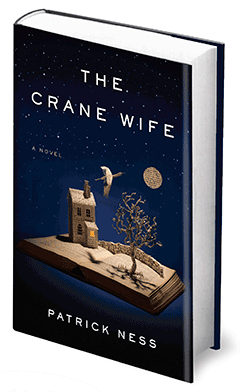
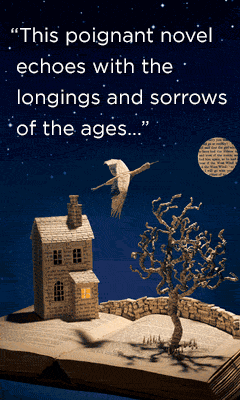
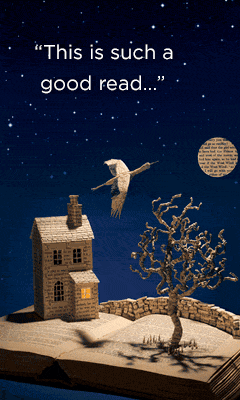
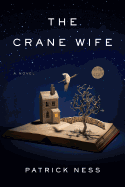


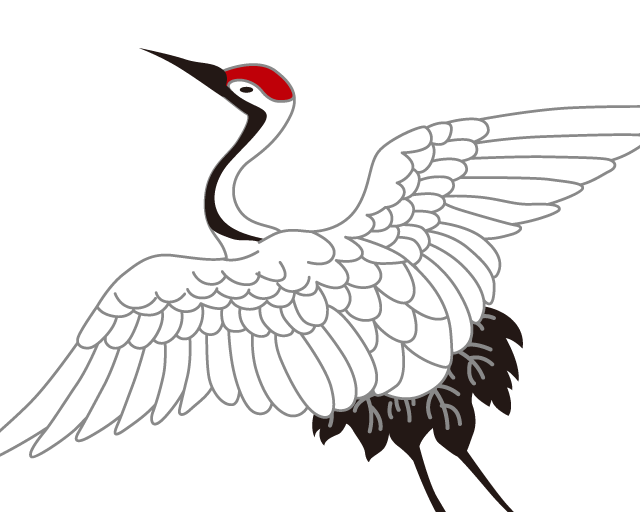 You and your hero George share a certain amount of background. You were born in the U.S. and have long lived in the U.K. Do you have other things in common?
You and your hero George share a certain amount of background. You were born in the U.S. and have long lived in the U.K. Do you have other things in common?